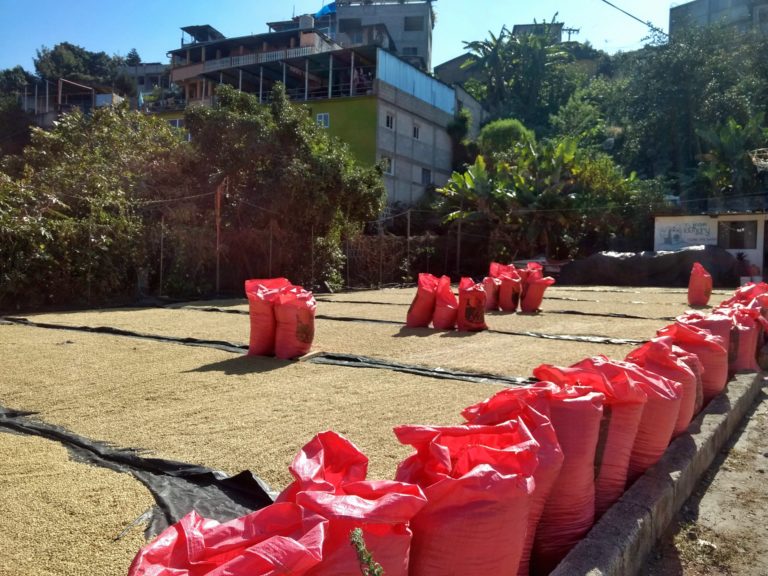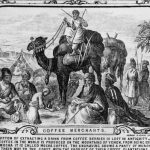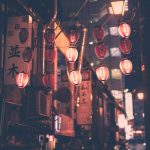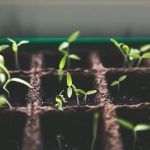So what happens after the coffee beans have dried?
At this point the coffee beans look and smell vastly different than what one may expect from your fresh, local roast. Green coffee usually has a distinct aroma that can be grassy, hay-like, or even winey in the case of some African coffees. After the beans have dried, the farmer must begin to sort the beans based on their size, shape, density, and even based on the altitude grown. This can be a full mechanical process, but it is common to use metal screens to sort manually. Smaller producers are even likely to hand sort the coffee beans. After the green coffee is sorted, it is packaged in 120-150lb burlap bags, and is prepared for export.
Roasters across the country may choose to purchase green coffee through a third party wholesaler, but it is becoming increasingly more popular to source, partner, and purchase directly from the farmer to ensure fair pricing, and working conditions. Though wholesalers/roasters are becoming more ethically conscious, farmers are often accepting of selling their beans at lower prices than they deserve. Perhaps most critical in fighting this practice is making the consumer more aware of the chain of labor that goes into brewing one’s cup of coffee.
The Coffee Class is proud of our partnership with City Bean Roasters of Los Angeles, California. They are committed to full transparency in their ethical, environmental, and business practices; providing a Coffee Fact Sheet that details sourcing information with every coffee that is offered.

Now for the next step before any coffee can be brewed: the roast. This is where the real magic happens! Those green beans undergo a transformation that will completely change their appearance, aroma, and taste. The roaster is the mastermind behind the flavor development of the coffee. How the coffee is treated during the roast is critical. By controlling airflow, temperature, and time the roaster can help develop the pleasant characteristics of the coffee and eliminate/control any acrid traits.
Depending on how the roaster goes about this process, the same coffee from the same region, even from the same farm, may taste entirely different at various levels of development. If it is a newer coffee that the roaster has not worked with before, this decision comes with experimentation.
Most roast masters will have access to a sample roaster that can handle much smaller batches of coffee. The roaster most likely will choose to roast the coffee at different levels, cup it several times, and make adjustments as needed. Small roasteries may choose to roast as little as 10 kilos with each batch, but larger businesses may triple that amount. After roasting, the coffee must rest for a period of at least 24-48 hours to allow the beans to de-gas, and reach its full potential when brewed.
We hope that this general outline of the coffee chain makes you feel closer to your cup of coffee, and will encourage you to appreciate the labor of love that goes into every brew! See ya soon 🙂







